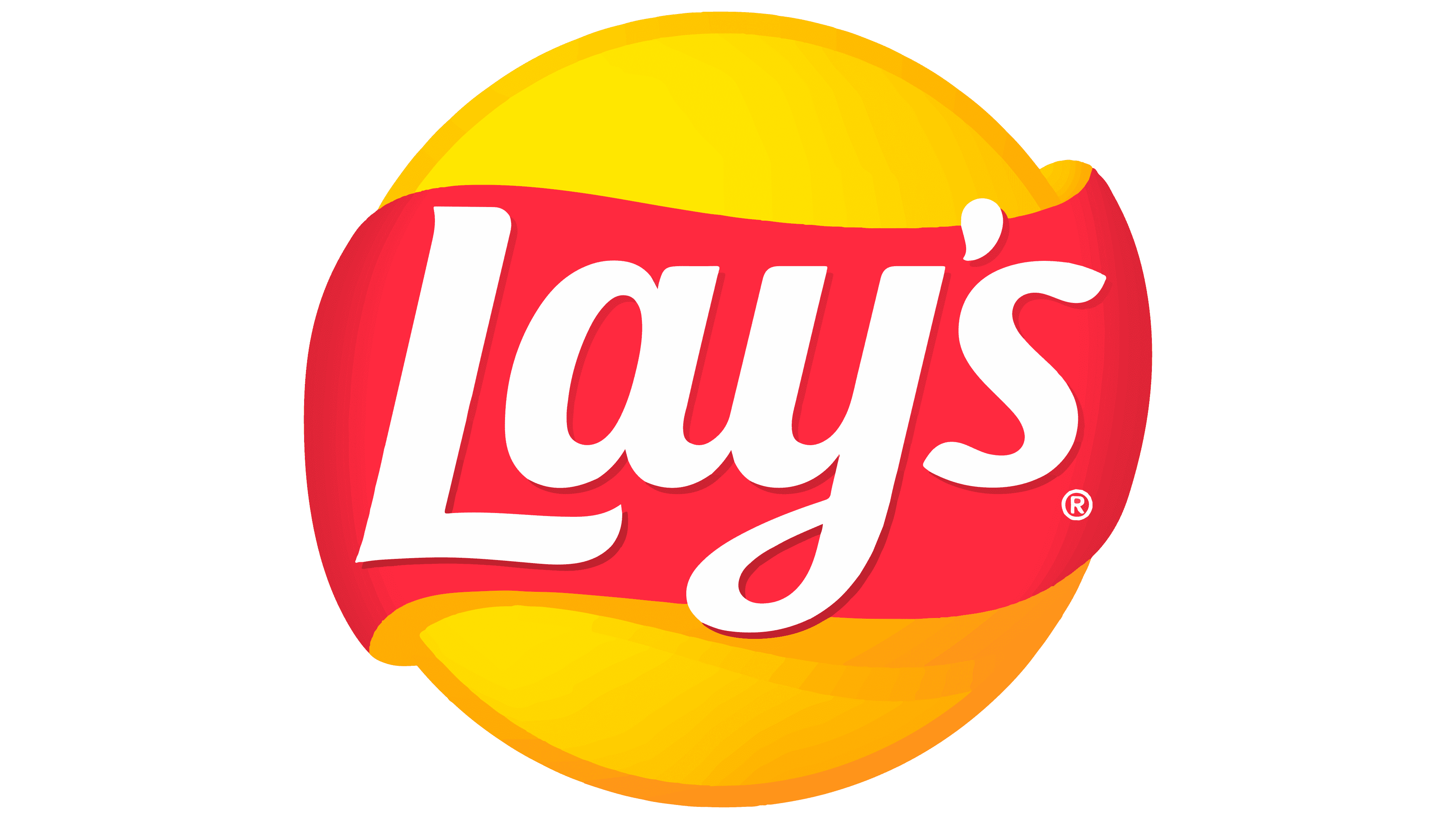I’ve got an image noise reduction app that I simply can’t get working under linux, and that I can’t find an equivalent tool for under linux.
I’ve tried VMs and wine and none of them work. My web searches haven’t encountered anyone that can make it work either.
So, I’m at the point where I may need to boot in to windows to do my noise reduction. However, I would really love to be able to access my existing linux install via a VM or the like when I do so, so that I can access my daily driver software (which is all linux) whilst I’m in windows.
Is such a thing possible?
I think directly booting an existing Linux with WSL2 will be either impossible or really tricky.
But what you can definitely do is mount your existing disk under a fresh WSL2 install https://learn.microsoft.com/en-us/windows/wsl/wsl2-mount-disk . You could then try to chroot into it maybe. But don’t get your hopes up too high. WSL integration with GUI apps is okay but not comparable to a native experience.
Sure, why not?
You can run Windows in a VM in Linux, or Linux in a VM in Windows, whichever way you need to go. It’s done all the time in the business world.
Lots of the machines I use are just VMs. In the early 2000’s, VM systems enabled running apps in a VM but appeared like they were running on the host - you launch the app via a shortcut, but it actually launches the VM where the app is installed.
KVM (Kernel Virtual Machine, Linux native virtualization) is so performant that even VMware has switched to it for their VMware Workstation virtualization.
So run your Linux desktop, and build a Windows VM using KVM.
I can’t use a Windows VM for this as I need GPU passthrough for the app I’m trying to run and I can’t do GPU passthrough without a second dedicated video card
So, running linux in a VM under windows is the next plan, but I’ve been running linux for 6 months now, and don’t want to maintain a second brand new install in the VM, but rather, I would like to spin up my existing local linux install in a VM when I’m forced to boot in to windows, and that’s what I’m asking about. I don’t know if that’s possible.
It should be.
VMware had Physical-to-Virtual tools 15 years ago. Since then I’ve used a few other tools.
I’m sure there’s open-source, or Linux-based P-to-V tools today, I haven’t looked into it. That’s what you want to search for though.
Essentially you need a tool that can make an image of a disk. Which the Virtualization system can then mount and use as a virtual machine. There’s a few standard disk image formats today, and most products today support them all to some degree.
I wouldn’t be surprised if KVM had this built in.
VMware has their own vCenter Converter Standalone tool, and theres also others like clonezilla. And here’s a KVM single GPU passthrough tutorial. KVM doesn’t have built in p2v conversion, but it’s preferred for GPU passthrough
GPU passthrough is still a pain in 2024 even though they can be easily shared via containers through CDI.
Do you know if you can use a vGPU (sometimes listed as 3D acceleration) instead? Or do you need straight access to the end GPU for the application to work? Otherwise you can actually split your GPU to allow multi passthrough, but it is a bit complicated. Someone made an automated script if you want to try at your own risk: https://github.com/ilayna/Single-GPU-passthrough-amd-nvidia
If you go the windows dual boot route, the easiest setup would be to use WSL to mount your root volume and chroot into it to sort of emulate having your distro run on WSL. No idea what capabilities would work or not, but all userspace functionality should in theory be functional.
Yes it is, but you could also have a look at wine, which is a windows emulation layer that is a little less overhead than a full fledged VM.
They have a database of apps and how well they install and work: https://appdb.winehq.org/
I’ve looked at wine. It doesn’t work for this program, because it fails to install due to needing to download hardware specific models during installation, that can’t be successfully detected and downloaded under wine. On top of that, I then need GPU passthrough to run it even if I do install it.
For the same reason, I haven’t had any luck with VMs, because of the lack of GPU passthrough without a second dedicated GPU



